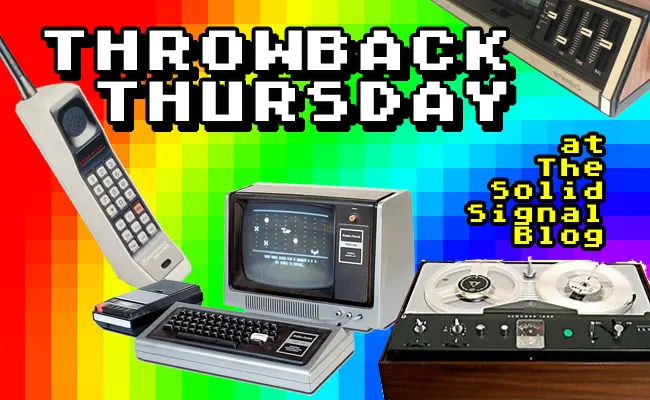It should come as no surprise to anyone, least of all Jake Buckler, that I still enjoy watching Star Trek: The Original Series. Yet, there is something that increasingly intrudes on that simple enjoyment, and it’s something a bit surprising to me.
For most of my life, of course, I experienced this television series through the lens of a fairly small television in standard definition. And when viewed that way, there’s a lot you can forgive. Of course, you always yearn to see a bit more than the camera can show, but that’s not a bad thing.
By the beginning of the 21st century, the Original Series was looking a little tired. And so, to keep it relevant for the next 50 years, CBS decided to remaster it in high definition. This was at a time when other popular programs were being remastered and it was seen as a way to keep the content salable for another generation or so.
Remastering Star Trek
Remastering an effects-heavy show like this was never going to be easy. Unlike newer shows like Friends, which was remastered at the same time, original negatives were long gone. The only thing left were master 35mm prints. This immediately ruled out the possibility of going to widescreen because unlike Friends, there was no content on the left and right of frame to use. This also meant that a lot of the effects were impossible to separate from the live shots and had to be remastered carefully.
Two teams set out.
The first team scanned and repaired the original films. This meant cleaning up dust, fixing effects wherever possible, removing excess grain, and fixing the color palette to one that looked better on high-definition screens.
It was a real challenge to create an impression of the vivid colors that the show used without making fleshtones look too red. It also meant respecting the fact that the original film stock used in those days was relatively bad at capturing blue colors. Fixing that would restore blue skies and purple walls (yes, the ship had some purple walls) but would make gold uniforms look green. (In fact, the uniforms were green, but we all grew up thinking they were gold.)
All in all, the restoration team did an amazing job. The remastered film looks as if it were shot today, sharp and bright. Nothing but praise for this team from me. Of course, you shouldn’t look too closely lest you see that everything is made of painted wood. But that’s what was there. It’s what shows looked like then.
The effects team… did what they could.
All the exteriors of the show were remastered in the computer. This seemed like a good idea in 2006. The original effects were created at great expense in the 1960s, but it was all too easy to see that these were models that didn’t really look like spaceships. A lot of footage in the old series was reused, for cost reasons. And, sometimes there was a disconnect between what the actors were saying and what you saw.
The CGI team set out to fix all of these issues. At first it was thrilling — planets looked like they should, and overall the whole thing looked better. But, it never looked great even by the standards of the mid-’00s. There wasn’t the time or the budget to create a really good CGI experience at the time.
Looking at the CGI shots today they lack weight and certainly lack convincing lighting. It’s very easy to believe that a game console today could render better effects in real time. But this was 15 years ago. I give them credit for the effort they put in.
There are a lot of YouTube videos showing a comparison between old effects and new ones. They’re not really apples-to-apples because the old effects should be shown from VHS copies so you could see them the way we used to. But it’s something. I’ve chosen a fairly effects-heavy episode to compare:
Watching Star Trek in the future
As far as I’m able to see, there’s no place to stream Star Trek with its original effects intact. If you happen to have the VHS, DVD, or Blu-ray versions, you can see the original effects there. And to be honest that’s how I watch them, whenever possible. The original effects, flawed as they are, look like they belong with the 1960s-shot live shots. The CGI doesn’t. But it’s not enough for me to stop watching.
It’s just a lesson for anyone who wants to remaster something. When you do that, you’re also marking the point in time when the remaster is done. Sometimes technology keeps moving ahead and makes your remaster seem like it, itself, needs remastering.



